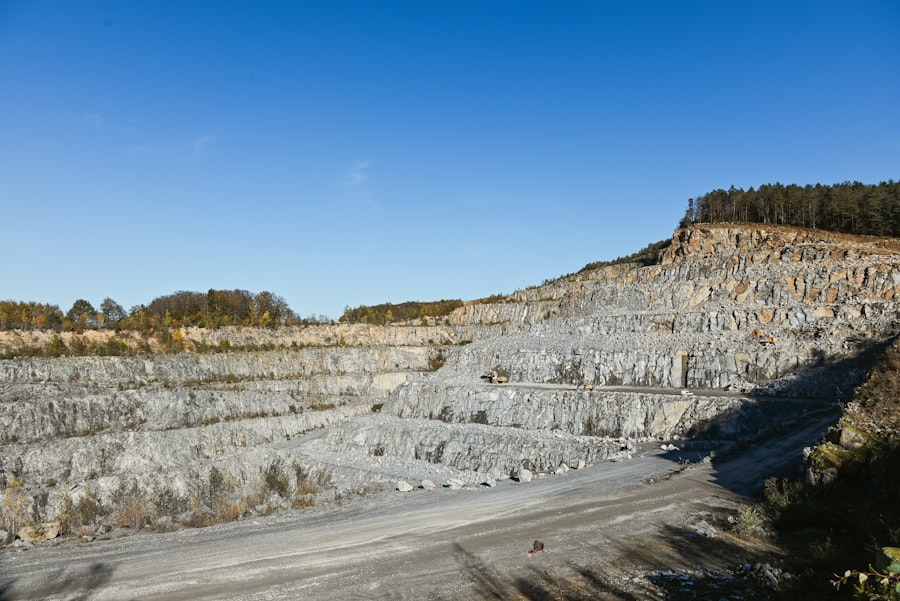Kaiju, the colossal monsters that have captivated audiences for decades, are more than just towering creatures wreaking havoc on cities. They represent a complex tapestry of cultural significance, deeply rooted in the historical and social contexts of their creation. Originating from Japan, these monstrous beings have transcended their cinematic origins to become symbols of fear, resilience, and the consequences of humanity’s actions.
As you delve into the world of Kaiju, you will discover how these creatures reflect societal anxieties and serve as a lens through which we can examine our relationship with nature, technology, and the consequences of war. The cultural significance of Kaiju extends beyond mere entertainment; it embodies the fears and hopes of a society grappling with rapid modernization and existential threats. From Godzilla to Mothra, each creature carries its own narrative, often mirroring the collective psyche of the time.
As you explore the evolution of Kaiju, you will find that these monsters are not just products of imagination but rather manifestations of real-world issues, making them a vital part of cultural discourse.
Key Takeaways
- Kaiju are giant monsters from Japanese culture, often depicted in films and literature.
- The historical context of nuclear power and war heavily influenced the birth of Kaiju in Japanese cinema.
- Kaiju films often symbolize the destructive power of nuclear weapons and the horrors of war.
- Critiques of nuclear power and war are prevalent themes in Kaiju films, reflecting societal concerns.
- Kaiju’s influence on popular culture and environmentalism has led to a reimagining of the monsters as symbols of environmental destruction and the consequences of human actions.
Historical Context of Nuclear Power and War
To fully appreciate the emergence of Kaiju, it is essential to understand the historical context surrounding nuclear power and war, particularly in Japan. The devastation wrought by World War II and the subsequent atomic bombings of Hiroshima and Nagasaki left an indelible mark on the Japanese psyche. The horrors of nuclear warfare were not just physical but psychological, instilling a deep-seated fear of annihilation that permeated society.
As you consider this backdrop, it becomes clear that the Kaiju phenomenon is intertwined with these traumatic experiences. In the post-war era, Japan faced a dual challenge: rebuilding a nation while grappling with the implications of nuclear technology. The rise of nuclear power promised progress and energy independence but also carried the specter of destruction.
This dichotomy is crucial in understanding how Kaiju films emerged as a response to these societal tensions. The monsters became a metaphor for the uncontrollable forces unleashed by humanity’s quest for power, reflecting both the potential for innovation and the threat of devastation.
The Birth of Kaiju in Japanese Cinema

The birth of Kaiju in Japanese cinema can be traced back to the release of “Godzilla” in 1954. This film marked a turning point in monster movies, introducing audiences to a creature that was not only terrifying but also deeply symbolic. Godzilla emerged from the depths of the ocean, awakened by nuclear testing, embodying the fears associated with atomic energy and its destructive capabilities.
As you watch this film, you will notice how it skillfully blends horror with social commentary, setting the stage for future Kaiju narratives. Following Godzilla’s debut, a wave of Kaiju films flooded Japanese cinema, each contributing to the genre’s evolution. Creatures like Mothra, Rodan, and King Ghidorah emerged, each with unique characteristics and narratives that reflected contemporary societal issues.
These films often featured themes of environmental destruction, human hubris, and the struggle for survival against overwhelming odds. As you explore this cinematic landscape, you will see how Kaiju became a vehicle for storytelling that resonated with audiences on multiple levels.
Kaiju as a Symbol of Nuclear Power and War
| Year | Number of Kaiju Attacks | Deaths Caused | Damage to Infrastructure |
|---|---|---|---|
| 1954 | 1 | Unknown | Severe |
| 1962 | 3 | Over 1000 | Extensive |
| 1998 | 2 | Unknown | Significant |
| 2014 | 4 | Over 5000 | Catastrophic |
Kaiju serve as powerful symbols of nuclear power and war, encapsulating humanity’s complex relationship with technology and its consequences. Godzilla, for instance, is not merely a monster; he represents the catastrophic potential of nuclear energy when mismanaged or weaponized. His rampages through cities are not just acts of destruction but also cautionary tales about the dangers inherent in humanity’s pursuit of power without regard for ethical considerations.
As you reflect on these narratives, you will recognize how they challenge viewers to confront uncomfortable truths about their own society. Moreover, Kaiju films often depict humanity’s struggle against these monstrous forces as a metaphor for resilience in the face of adversity. The battles between humans and Kaiju highlight themes of sacrifice, unity, and the fight for survival against overwhelming odds.
This dynamic creates a compelling narrative that resonates with audiences who may feel powerless in the face of larger societal issues such as war and environmental degradation. By examining these themes, you can gain insight into how Kaiju serve as both warnings and sources of inspiration.
Critiques of Nuclear Power and War in Kaiju Films
While Kaiju films often celebrate human resilience, they also provide sharp critiques of nuclear power and war. The destruction wrought by these monsters serves as a stark reminder of the consequences of unchecked technological advancement. In many films, the origins of the Kaiju are directly linked to human actions—nuclear testing or environmental exploitation—underscoring a critical message: humanity’s hubris can lead to its own downfall.
As you analyze these narratives, you will find that they encourage viewers to question the ethical implications of scientific progress. Additionally, Kaiju films often depict government responses to these threats as inadequate or misguided. The military’s attempts to combat these colossal creatures frequently result in further destruction rather than resolution.
This portrayal serves as a critique of militarization and highlights the futility of relying solely on force to address complex problems. By engaging with these themes, you can appreciate how Kaiju films challenge audiences to think critically about their own societal structures and the potential consequences of their actions.
Kaiju’s Influence on Popular Culture and Environmentalism

The influence of Kaiju extends far beyond Japanese cinema; it has permeated popular culture globally, inspiring countless adaptations, merchandise, and even academic discourse. The iconic image of Godzilla has become synonymous with giant monsters, influencing filmmakers and artists across various mediums. As you explore this cultural phenomenon, you will see how Kaiju have become symbols not only of fear but also of resilience and environmental awareness.
In recent years, there has been a notable shift in how Kaiju narratives address environmental issues. Films like “Shin Godzilla” (2016) reflect contemporary concerns about climate change and natural disasters, positioning Kaiju as agents that force humanity to confront its impact on the planet. This evolution highlights a growing awareness within popular culture about environmental degradation and sustainability.
As you engage with these narratives, you will recognize how Kaiju have become vehicles for advocating environmentalism and prompting discussions about humanity’s responsibility toward nature.
The Future of Kaiju in Critiquing Nuclear Power and War
As we look to the future, the role of Kaiju in critiquing nuclear power and war remains relevant in an ever-changing world. With ongoing debates surrounding nuclear energy and geopolitical tensions, there is ample material for filmmakers to explore new narratives that resonate with contemporary audiences. You may find that future Kaiju films will continue to reflect societal anxieties while also addressing emerging issues such as climate change, technological advancements, and global conflicts.
Moreover, as global awareness around environmental issues grows, it is likely that Kaiju will evolve into symbols not only of destruction but also of hope and renewal. Future narratives may focus on humanity’s ability to coexist with nature rather than dominate it. By embracing this shift, filmmakers can create stories that inspire action and foster a sense of responsibility toward our planet.
As you consider these possibilities, you will see how Kaiju can continue to serve as powerful metaphors for our collective journey toward a more sustainable future.
Kaiju as a Reflection of Societal Concerns
In conclusion, Kaiju are far more than mere monsters; they are profound reflections of societal concerns that resonate across generations. From their origins in post-war Japan to their current status as global icons, these colossal beings encapsulate our fears about nuclear power, war, and environmental degradation. As you engage with Kaiju narratives, you will uncover layers of meaning that challenge you to reflect on your own relationship with technology and nature.
The enduring appeal of Kaiju lies in their ability to adapt to changing societal contexts while remaining rooted in their cultural significance. As we navigate an increasingly complex world filled with existential threats, these monsters remind us of our vulnerabilities and responsibilities. By examining their stories through various lenses—historical, cultural, and environmental—you can appreciate how Kaiju continue to serve as powerful symbols that provoke thought and inspire action in addressing some of humanity’s most pressing challenges.
